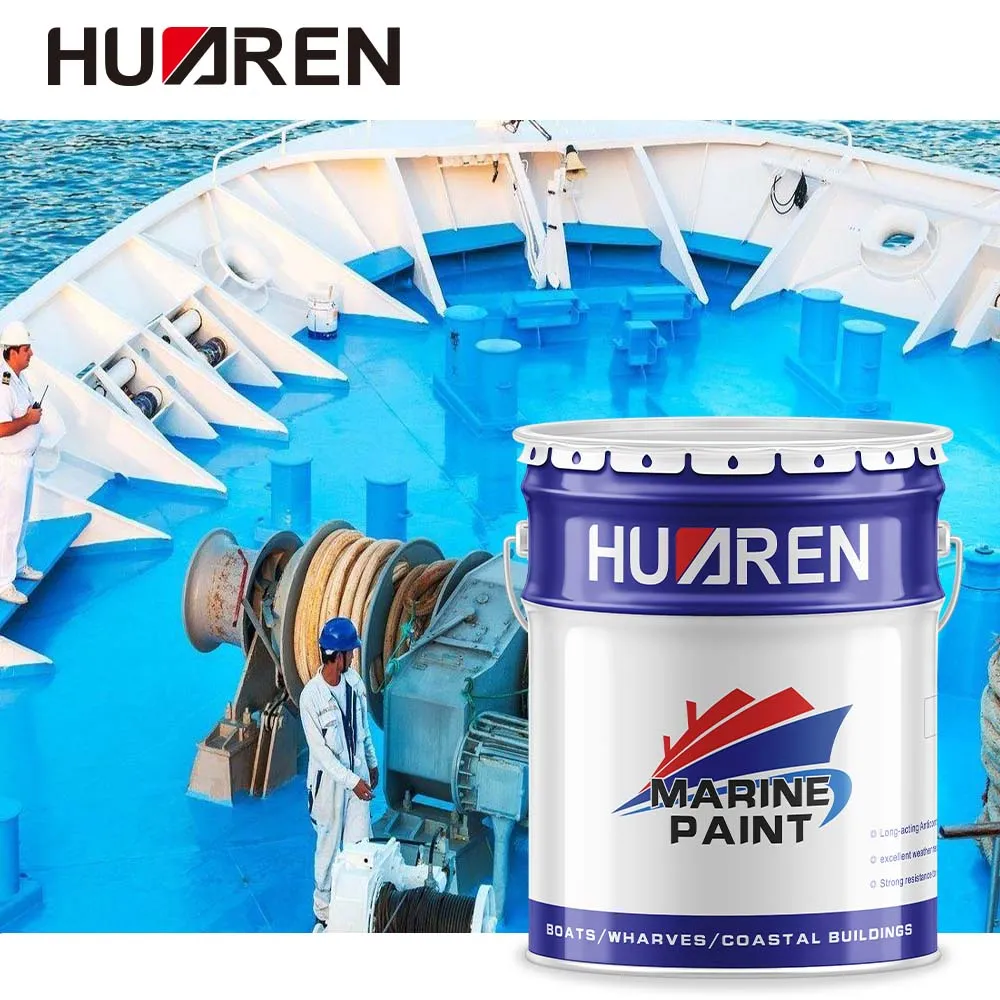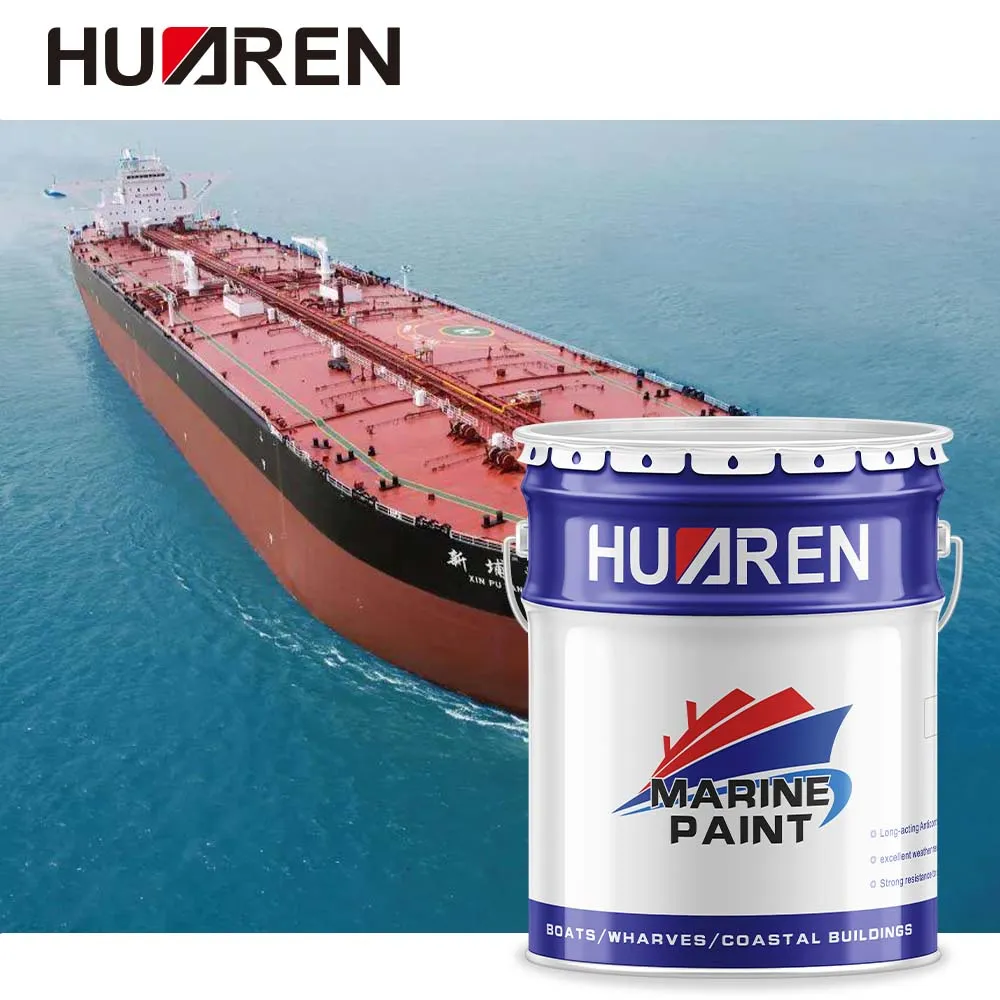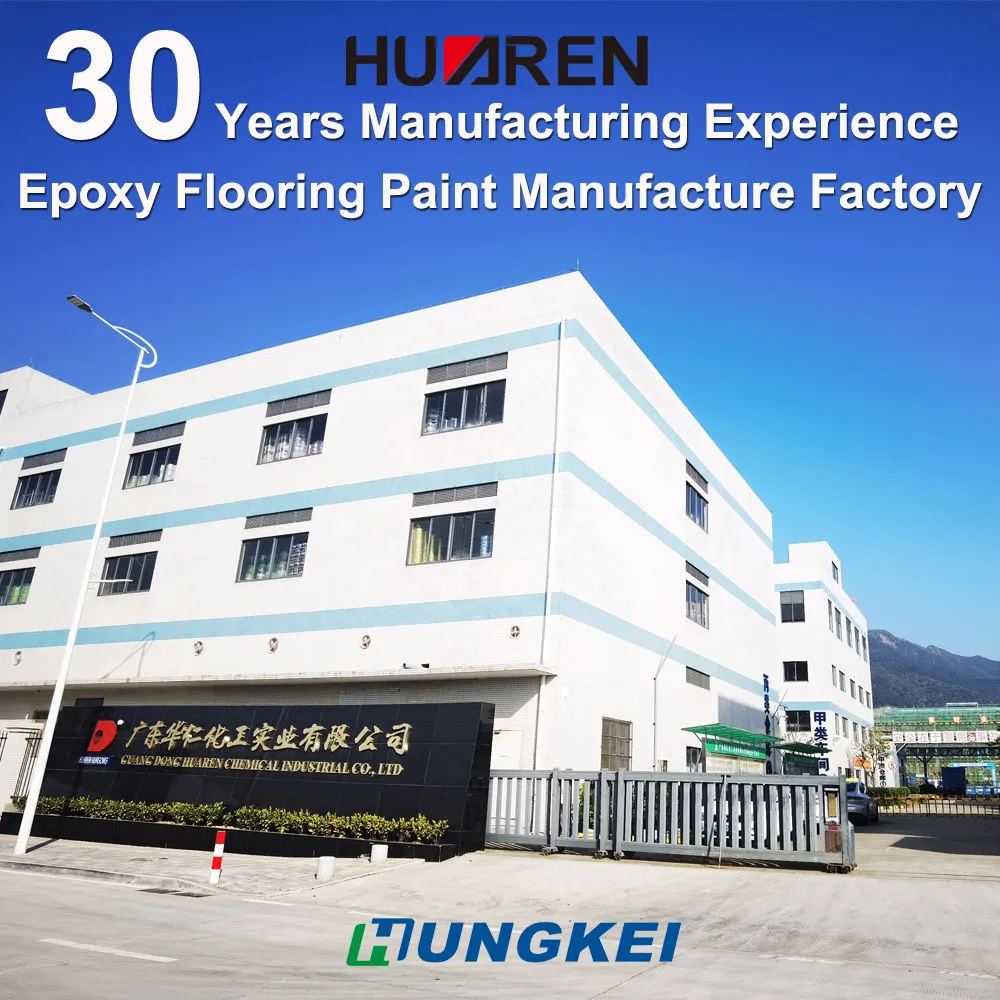When ships sail in the ocean, they face various challenges from the natural environment. Among them, the attachment of marine organisms (such as barnacles, shellfish, algae, etc.) to the hull is particularly problematic. This not only increases the resistance of the ship, leading to increased fuel consumption, but may also cause damage to the hull material. To address this problem, ships usually apply one or more layers of antifouling bottom paint to the bottom of the ship before launching. However, ship owners are often confused about how many layers of antifouling paint to apply and how often to reapply.
This article will delve into the key factors that affect the number of layers and frequency of application of antifouling bottom paint to help ship owners make informed decisions to ensure the best performance and durability of their ships.

What is the mechanism of action of antifouling bottom paint?
Before discussing the number of layers and frequency of application of antifouling bottom paint, it is necessary to understand its basic working principle. Antifouling bottom paints usually contain biocides (such as cuprous oxide or other organic fungicides), which are fixed in the paint film after the paint dries and gradually released into the surrounding water over time to prevent marine organisms from attaching to the surface of the hull.
Depending on the formulation of the paint and the purpose of the boat, antifouling paints are mainly divided into the following types:
1. Hard antifouling paints: This paint forms a hard surface and is suitable for high-speed boats or boats that need to be operated frequently. Their antifouling effect is usually longer-lasting, but the paint film gradually wears away over time.
2. Self-polishing antifouling paints: This paint gradually dissolves when it comes into contact with water, keeping the surface smooth and clean. Self-polishing antifouling paints are suitable for boats that stay in the water for a long time, especially sailboats.
3. Thin film antifouling paints: This type of paint forms an extremely smooth surface, making it more difficult for marine organisms to attach, and is usually used for professional use or special requirements.

How many layers of antifouling bottom paint do I need for my boat?
So, how many layers of antifouling bottom paint do boats need? This depends on a variety of factors, including the type of vessel, its purpose, the environmental conditions of the waters it is in, and the type of antifouling bottom paint selected.
Vessel type and purpose:
● High-speed vessels: For example, motorboats or patrol boats, due to their high speed, the antifouling paint is easily washed away by the water. Therefore, it is usually recommended to apply at least two to three coats of antifouling paint to ensure lasting protection.
● Leisure yachts and sailboats: These vessels usually stay in the water for a long time, especially in warm or tropical waters, where marine life is more active. Therefore, it is recommended to apply three to four coats of self-polishing antifouling paint to keep the hull smooth and antifouling.
● Commercial cargo ships and fishing boats: These vessels are frequently used and are often exposed to various harsh marine conditions. Depending on the actual use, it is recommended to apply at least three coats of antifouling bottom paint, and add an extra layer to key parts (such as the bow and stern) to improve durability.
Water environment conditions:
● Temperate waters: In colder waters, marine organisms grow more slowly, so relatively fewer antifouling layers are usually required. Generally, two to three coats of antifouling bottom paint can meet the protection needs.
● Tropical waters: In warm and nutrient-rich waters, marine organisms reproduce rapidly, and the hull surface is more susceptible to biological adhesion. Therefore, it is recommended that ships operating in these waters apply three to four coats of antifouling bottom paint, and even apply another layer on the most vulnerable parts.
● Nearshore or estuarine waters: These waters may contain more suspended matter and pollutants, which will accelerate the wear of the paint film. It is recommended that shipowners apply three to four coats of antifouling paint in this environment to ensure long-term protection.
Antifouling bottom paint types:
● Hard antifouling paint: Due to its high hardness, two to three coats are usually required to ensure effective protection throughout the service life. For high-speed vessels with frequent operations, it is recommended to add one layer to cope with more intense water scouring.
● Self-polishing antifouling paint: The characteristic of self-polishing antifouling paint is that it gradually dissolves over time, so it is usually recommended to apply three to four coats to extend its protection period. For ships that stay in the water for a long time, applying an additional layer can further enhance the antifouling effect.
● Film antifouling paint: This paint is usually very thin, so it is recommended to apply two to three coats for best results. For ships that require extremely high smoothness and biofouling protection, it is recommended to apply more than four coats.

How often should antifouling bottom paint be applied?
The frequency of applying antifouling bottom paint is also a crucial issue, which is directly related to the protection effect and service life of the hull. Generally, the frequency of applying antifouling bottom paint is affected by the following factors:
Frequency of use of the ship:
● Frequently used ships: such as merchant ships, fishing boats and patrol boats, because they operate in the water all year round and are easily affected by marine biofouling and coating wear, usually need to re-apply antifouling paint every year or every two years.
● Leisure boats and sailboats: Due to the low frequency of use and the fact that they may be moored in ports most of the time, it is recommended to reapply antifouling bottom paint every two to three years. This ensures that the hull still maintains good antifouling effect when launched.
Where the ship is moored:
● Nearshore waters: In waters close to ports or estuaries, the water quality is complex and the risk of biofouling is high, so it is usually recommended to check the status of antifouling bottom paint once a year and reapply it if necessary.
● Ocean voyages: For ships that mainly operate in the ocean, the coating cycle of antifouling bottom paint can usually be extended to reapply every two to three years.
Type and quality of antifouling bottom paint used:
● High-quality antifouling bottom paint: Some high-quality antifouling bottom paints have a long durability and can provide effective protection for three to five years. Therefore, ships using this type of paint can appropriately extend the coating cycle.
● Ordinary antifouling paint: The protective effect of ordinary antifouling bottom paint is relatively short, and it is usually recommended to reapply it every two years, especially when operating in waters with a high risk of biofouling.
Underwater inspection and maintenance:
● Regular inspection: Wear and biofouling bottom paint wear and biofouling can be detected early through regular underwater inspections. It is recommended to conduct an inspection every year or before each voyage to ensure the integrity of the coating.
● Local repair: If the antifouling bottom paint in a local area is found to be worn or peeling during the inspection, local repair can be selected instead of reapplying the whole area. This can not only extend the service life of the antifouling bottom paint, but also reduce maintenance costs.

How to ensure the best antifouling effect?
According to the type of vessel, the use environment and the coating requirements, choose the most suitable type of antifouling paint. Different types of antifouling bottom paints vary in protective effect, durability and applicable scenarios. Choosing the right product can significantly improve the antifouling effect of the hull. Secondly, when applying antifouling bottom paint, be sure to strictly follow the construction process and standards provided by the manufacturer. This includes the application of primer, the control of coating thickness, and the drying time between coatings. The correct construction steps can ensure the best effect of antifouling paint.
In addition, regular underwater inspection and coating maintenance are the key to maintaining the antifouling effect. By promptly detecting and repairing wear or defects in the coating, the service life of the antifouling bottom paint can be extended and the frequency of re-coating can be reduced. Finally, when applying antifouling paint, it is recommended to seek the help of a professional team to ensure the quality of construction. At the same time, pay attention to the environmental protection of antifouling coatings, avoid using products that are harmful to the environment, and properly dispose of waste and cleaning wastewater during construction.
For businesses seeking reliable suppliers of industrial coatings, Huaren Chemical Industry Co., Ltd. is your ideal partner. Operating from a state-of-the-art factory in China, we produce over 20,000 tons of high-quality paints and resins annually. Our products, including epoxy paints, alkyd coatings, and waterborne industrial coatings, are designed for industries like construction, petrochemicals, and steel structures. Buyers can enjoy wholesale pricing, special discounts, customized and options tailored to their specific needs. Contact Huaren Chemical today to explore our extensive product range and secure competitive pricing for your bulk orders!

